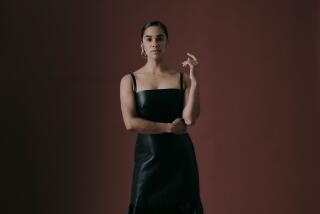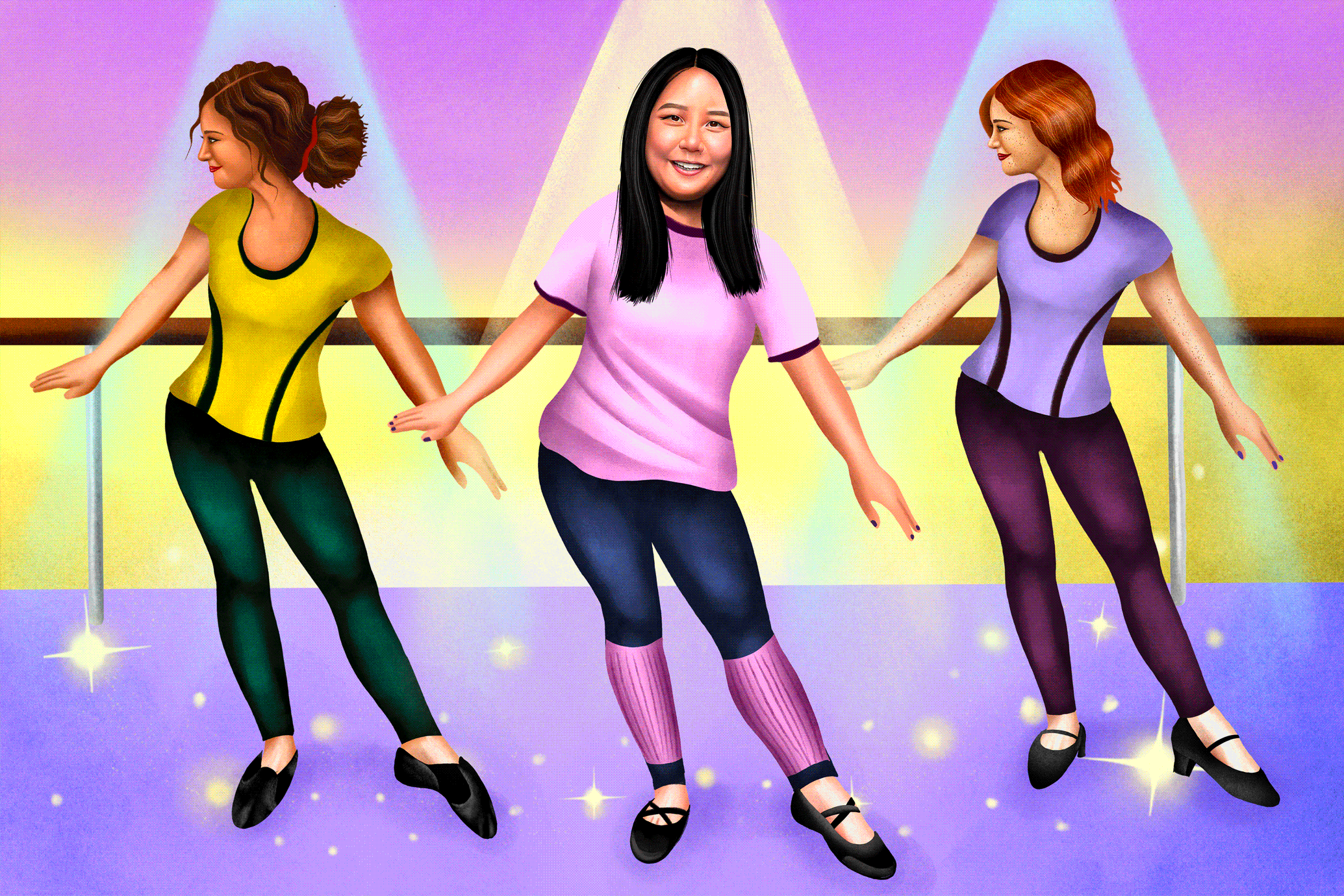STICKING TO HER FIGURES
- Share via
Despite the age-old need to preserve dance movement in a written form, there is still no universal language for notating choreography. There are several competing systems in use today--some more versatile and/or complex than others--but only one can claim the distinction of a Made-in-America label.
Sutton Dance Writing, a stick-figure notation system invented in 1973 by Newport Beach resident Valerie Sutton, is the home-grown competitor in a narrow field dominated by foreign models:
Labanotation, invented in 1928 by the Hungarian-born movement theorist Rudolf von Laban, is much used in this country for recording/reconstructing modern dance and is championed by the Dance Notation Bureau in New York.
Benesh Movement Notation, copyrighted in 1955 by British dance notators Rudolf and Joan Benesh, is the official notation system of the Royal Ballet in London.
The Eshkol-Wachman system, named after its founders, was invented in 1951 and is in use mostly in Israel.
“All three systems meet the needs of accuracy,” Sutton said recently, “but they aren’t visual or easy enough, and they depend on a educated elite. A 6-year old could use (my system).”
In Sutton notation, a skeleton-drawing of the body is placed on the five-line musical staff which designates various levels from the ground up. As the dancer moves, a figure is drawn to represent the beginning and finishing positions.
Symbols designate lateral or circular movements and their dynamic qualities. Additional symbols representing the third dimension are placed below the staff.
The Benesh system similarly relies on the five-line music staff, but uses tiny strokes, crosses and lines to record placement and movement. Labanotation utilizes abstract symbols placed on a grid that is read from the bottom up. Eshkol-Wachman uses numbers to designate the longitude and latitude of dancers’ positions in an imaginary sphere enclosing them.
Sutton believes that the simplicity of her system takes it out of the realm of the specialist.
“Our hope is that (with this system) dancers can do it for themselves,” she said, “instead of hiring a notator to come out, notate the work, then come back later to teach it to the dancers. What’s the point of that?”
Training in the Sutton technique consists of four workshops, each lasting approximately 20 hours, “though after the first course, you can write your own stuff,” she said.
In contrast, it takes approximately three years to become a Labanotator, according to Virginia Doris, a notator at the Dance Notation Bureau in New York; while a full-time professional designation in Benesh notation requires a 16-month course, although shorter training also is available.
Sutton shares most notators’ aversion to relying on videotape as a means of preserving dance.
“Videotape is very flat, so it’s hard to see three dimensions,” Sutton said. “If one person crosses in front of another, you can’t see what the dancer behind is doing. And it takes an enormous amount of time to reconstruct a dance from it. But in manuscript, it’s right there.”
Still, she said, “Most companies tend to use videotape because they’ve been frustrated with abstract systems.”
Sutton began experimenting with stick-figure notation in high school when asked to choreograph two dances for eighth-graders.
“I decided that if I was going to choreograph, I had to write it down,” said Sutton, 36. “I’d had years of ballet training, but I knew no notation system. So I developed my little stick figures. I never realized I would use it for anyone else.”
She refined her system in order to retain a two-year study of Bournonville technique at the Royal Danish Ballet that she began at age 19.
“At first, I didn’t trust my own system,” she said. “I wrote it all out in words and came back here with a 1,000 page manuscript. But when I tried to reconstruct the works for local dancers, I found that the words weren’t accurate enough. So I transcribed the whole manuscript into my stick figures.”
Sutton published the results--her first of four volumes on the Bournonville technique--in 1975. It was, she said, “the first ever notation of Bournonville” since Bournonville’s own personal system.
Since then, she has published books of variations from classical ballets, dances by Isadora Duncan and modern and jazz works; developed a shorthand version of the technique, and seen her system taught for 10 years at the Boston Conservatory of Music.
But her system has yet to make much of an effect on her competitors. Labanotator Virginia Doris, for instance, said that she “really knew nothing about Sutton,” but stressed that there was more to notating a dance than merely looking at it.
“Movement has to be analyzed before it can be written to understand what’s going on and how best to write it,” Doris said.
“There’s a certain amount of explanation of the quality of the movement, the intention of the movement, all of which goes into the score. That kind of information can only be learned in the rehearsal situation while the dance is being taught. It’s not a question of seeing dance, in the sense of watching it being performed.”
For Doris, Labanotation is “the system best able to describe a wide variety of styles of movement. And because this country was such a fertile ground for the development of modern dance, I think Labanotation (was) the obvious choice to record it.”
Benesh advocate Wendy Walker, ballet mistress at American Ballet Theatre, also feels “insufficiently knowledgeable” about Sutton to comment on her system, but agreed with Doris that notation should occur in rehearsal--”whenever possible when the choreographer is creating the work.
“You get to understand his aim, his intention, what things are important to him,” Walker said. “Your eye is drawn to what he demands of the dancers. It takes a long time to notate, as long as it takes a dancer to understand it.
“Benesh is competely satisfactory for every need I have dealing with ABT repertory, ranging from Paul Taylor to Balanchine,” Walker said. “About 75% to 80% of the ABT repertory is taught from Benesh notation.”
Still, Sutton is biding her time.
“I don’t feel frustrated,” she said. “You can’t expect a notation system to grab hold in the first 10 years. None of the others did. It takes many, many years. But I’m very patient. Just give me my lifetime.”
More to Read
The biggest entertainment stories
Get our big stories about Hollywood, film, television, music, arts, culture and more right in your inbox as soon as they publish.
You may occasionally receive promotional content from the Los Angeles Times.










